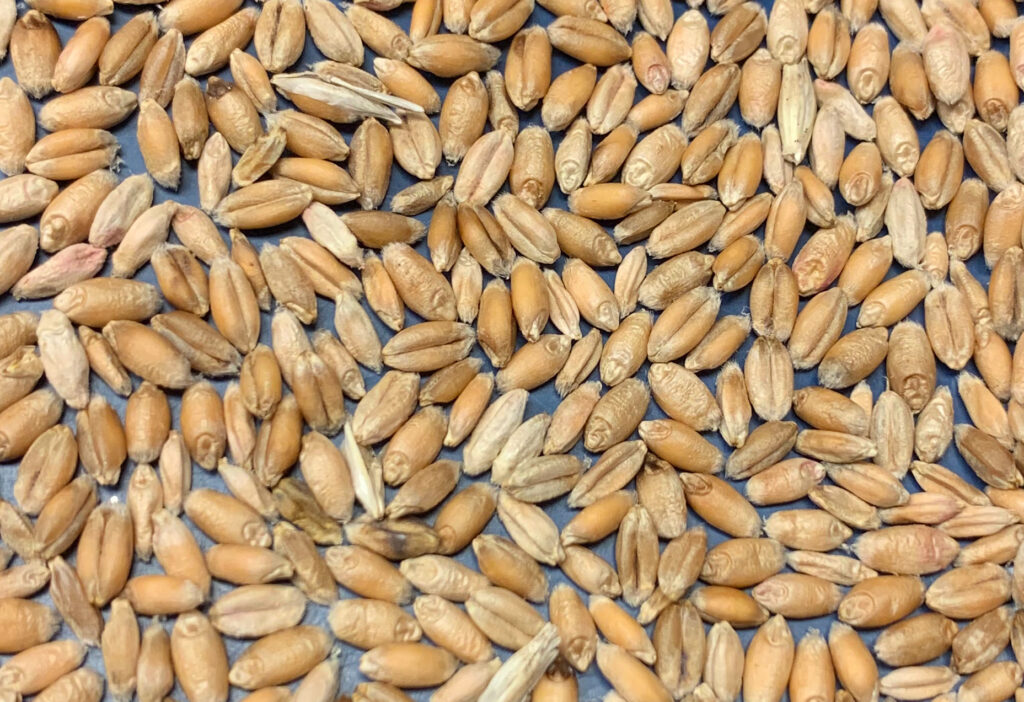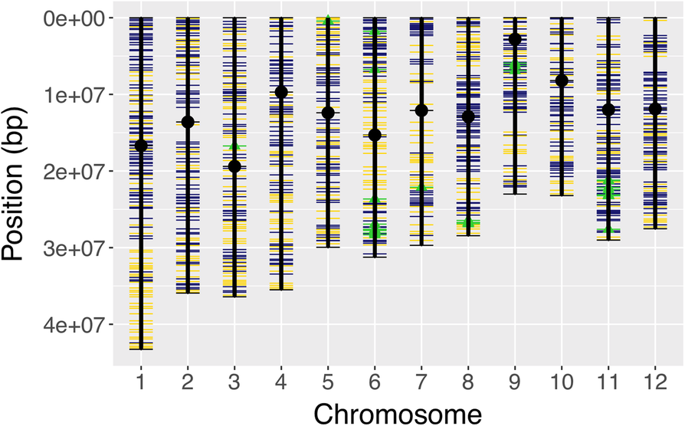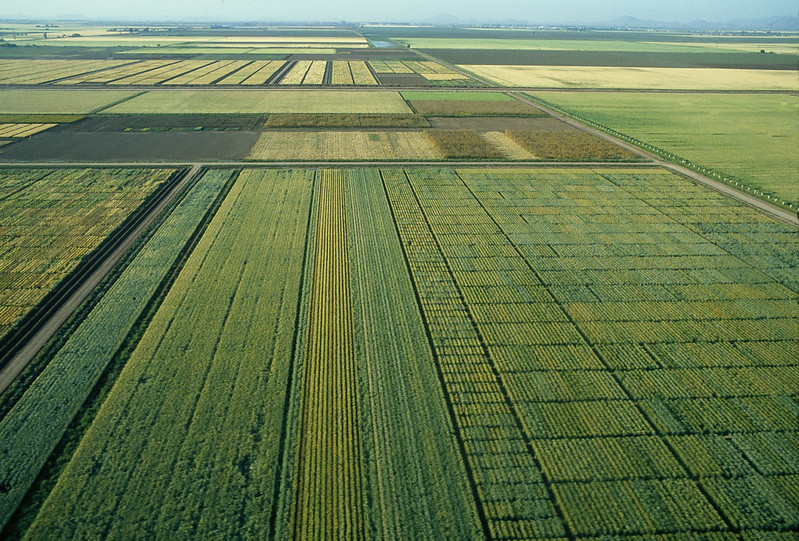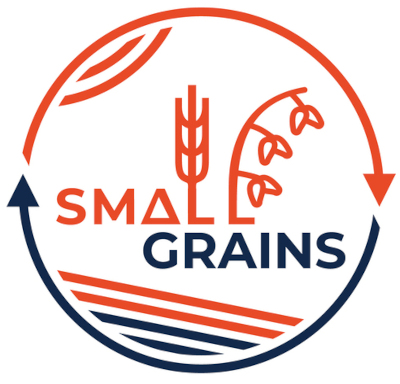The world is becoming increasingly more complex and data-driven, so too is plant breeding. New technologies and analytical techniques that are potentially useful for plant breeding are emerging much faster than plant breeders can utilize them. The goal of breeding methods research is to find ways to use new or forgotten technologies and analytical techniques to improve the effectiveness of breeding programs.
Recent research outcomes
Multi-trait Genomic Selection for Scab Resistance in Wheat

In 2021, Dr. Rupesh Gaire, a postdoc working under the direction of Dr. Rutkoski, evaluated multi-trait genomic selection models for scab (Fusarium graminearium) resistance in wheat. These kinds of models can help accelerate improvement in scab resistance because they can allow breeders to accurately select for low deoxynivalenol (DON), aka. Vomitoxin, without first evaluating DON content.
Gaire and co-authors determined that breeding programs can accurately predict resistance to deoxynivalenol (DON) accumulation using a genomic prediction model that includes DON content on prior breeding candidates and Fusarium damaged kernels (FDK) on current and prior breeding candidates. Gaire et al. also found that adding visual scab ratings on spikes to this prediction model hardly improved selection accuracy, suggesting that spike symptom phenotyping may become unnecessary once a breeding program adopts genomic selection. Read more
Low cost genotyping
Dr. Juan Arbelaez and collaborators (2019) developed ‘1K RiCA’, a low-cost genotyping platform for rice (Oryza sativa) breeding. This platform is being used to genotype rice breeding lines from Africa, Asia, and Latin America read more

Integration of high throughput phenotyping and genomic selection
Dr. Jessica Rutkoski and collaborators (2016) showed how data from aerial imagery can be used in genomic selection models to improve the effectiveness of selection for grain yield in wheat (Triticum aestivum L.). read more

